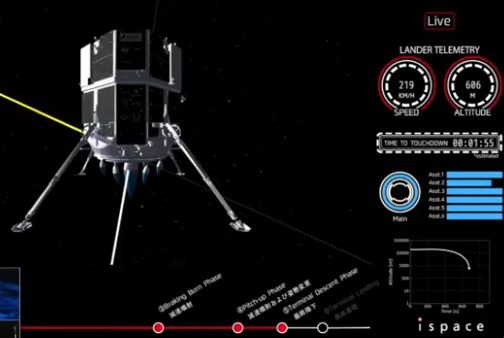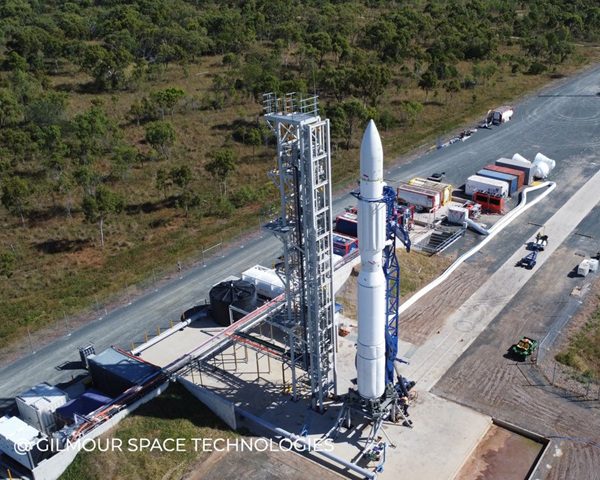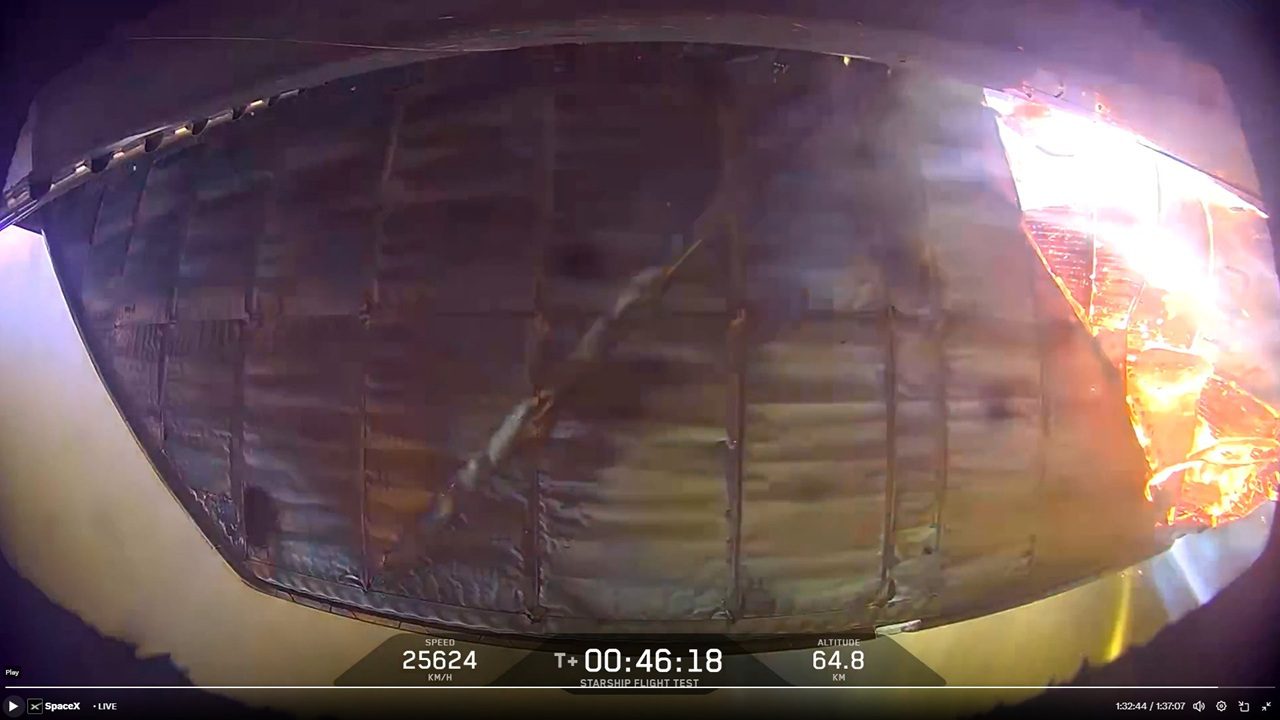For the Tuesday opening keynote talk at the SATELLITE 2023 show in Washington DC, Dave Limp, the Senior Vice President of devices & services at Project Kuiper, gave attendees an update on the progress of the Amazon LEO constellation.

A screengrab from an Amazon project kuiper promotional video. Courtesy of Amazon via YouTube
He confirmed that the first two prototype satellites are being shipped to the launch site ahead of their launch. This is the maiden flight of the ULA Vulcan rocket from Cape Canaveral which has been delayed from Q1 2023 until 4 May. Additionally, he outlined his expectation that the first production Kuiper satellites will begin launching in early 2024 enabling a Beta commercial product to be rolled out later that year. He also made reference to regulatory objectives that Kuiper must meet and stated that over half of its 3,236 satellites will be launched in 2026.
An unexpected part of his talk was the public unveiling of Project Kuiper’s Consumer and Enterprise antennas. The larger of the two, the Enterprise unit, is measured at 1 Gbps. The Consumer terminal, and future competitor to the current Starlink unit, was clocked at 400 Mbps. Limp stressed that great effort had been made by his engineers to get the production price point down to under US$400 per unit.

Dave Limp showcasing just how small one of the new Kuiper antennas is at SATELLITE 2023. Photo by Matt Wilson
However, he wasn’t done there. He then produced something that his engineering team “didn’t want me to show”: A small 7 inch (17.8 cm) square antenna with a capability of 100 Mbps. This smaller product will apparently be aimed at creating connectivity in currently unserved locations. An example talked about around this antenna was schools in Brazil still without internet connection.






